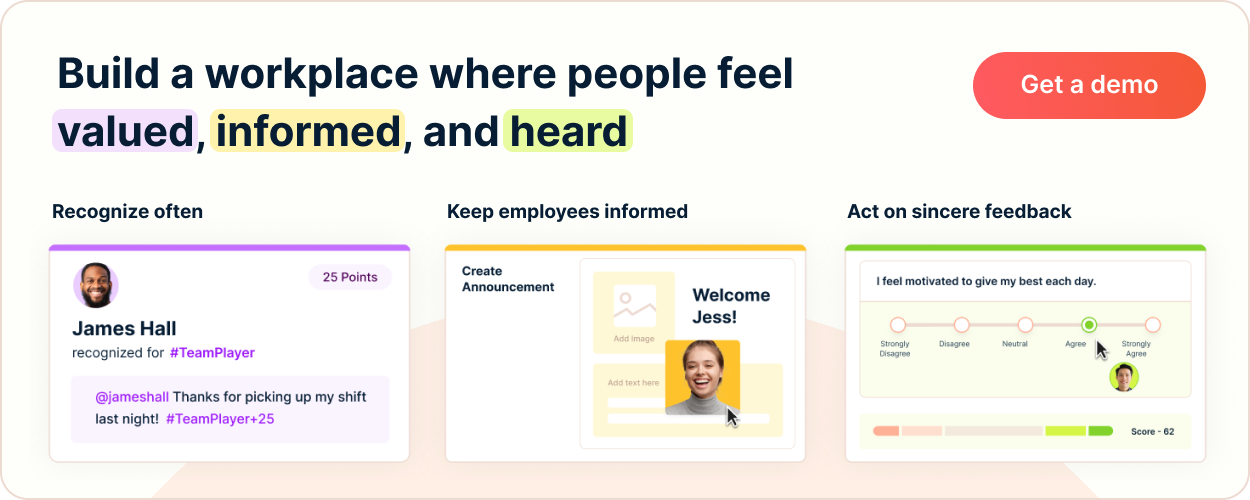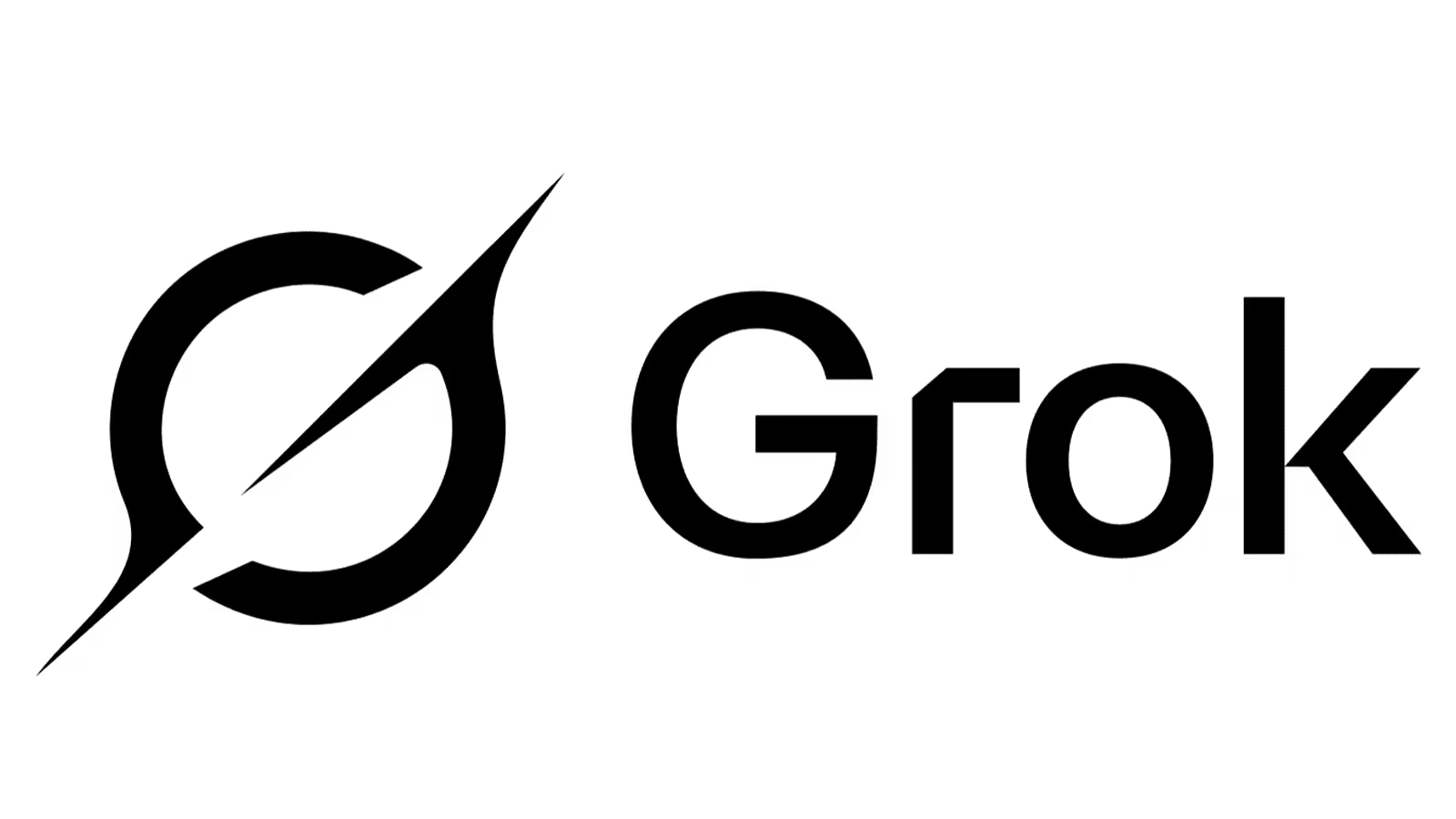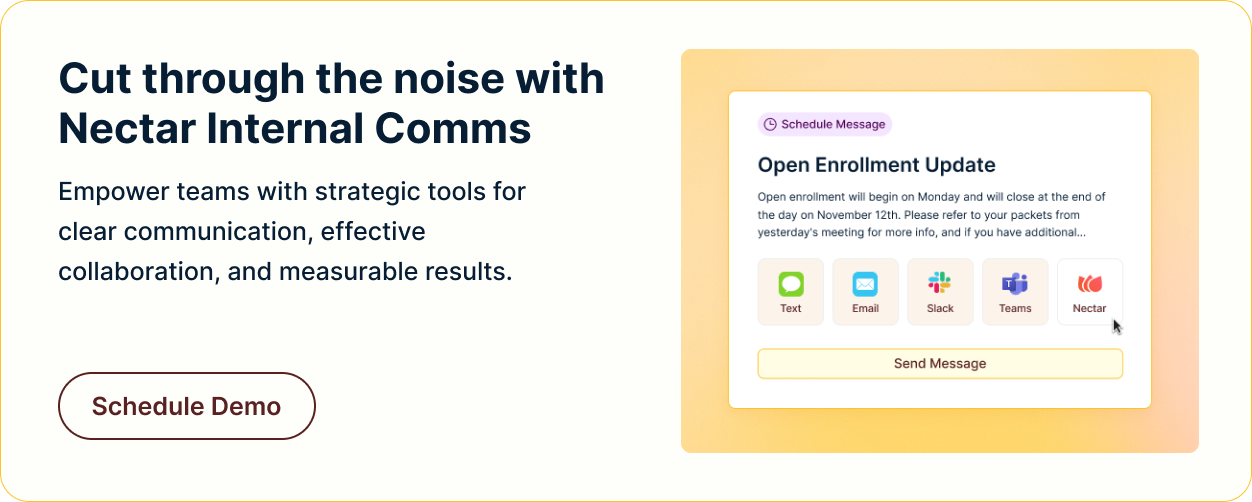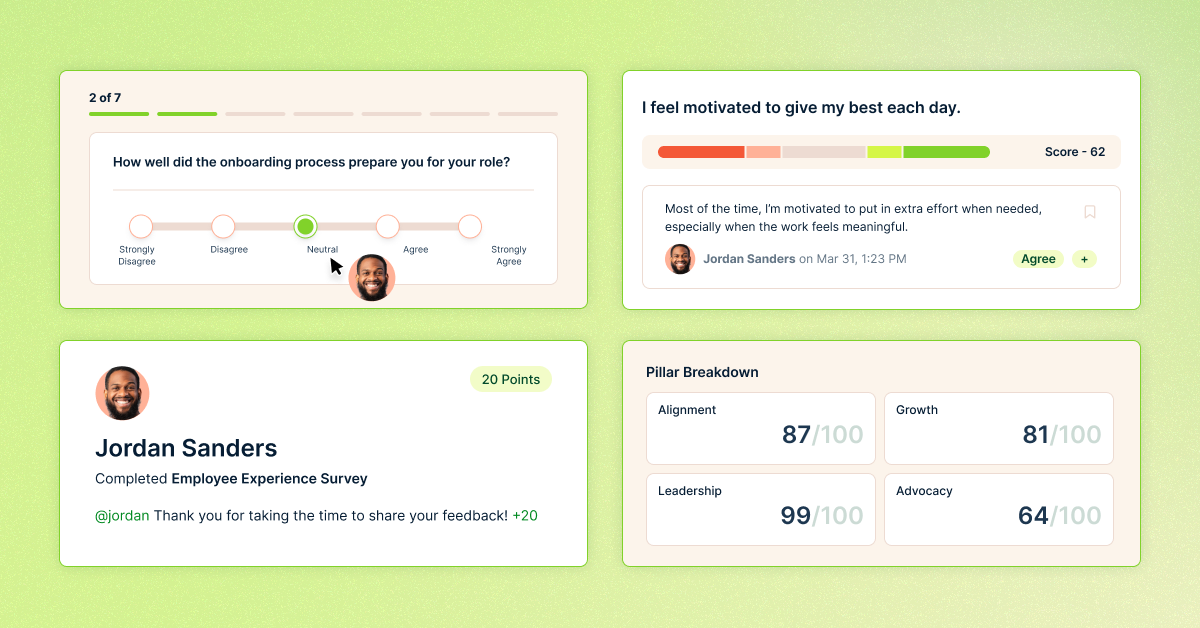Building Trust and Confidence Through Transparent Internal Communication Strategies

Key Takeaways: Transparent Communication & Employee Engagement
- Engagement Gap: Only 32% of U.S. employees felt engaged in 2023 (Gallup), largely due to poor communication and lack of trust.
- Transparency Defined: Not about full disclosure—it's sharing the right information at the right time (Harvard research).
- Impact of Timing: Timely, relevant updates make employees 62% more likely to trust leadership.
- Trust Drives Performance: Atlassian’s “trust-first” model increased project completion rates 35%; a multinational tech firm’s decision-tracking tool raised trust 47% in six months.
- Two-Way Communication: Platforms like Slack, Teams, and structured Q&A loops improved satisfaction by 22–42% when employee input was acted on.
- Psychological Safety: Critical for transparency; without it, even well-timed updates can fail.
- Best Practices:
- Milestone-driven updates (align comms with key benchmarks).
- Structured feedback loops with visible follow-up.
- Reciprocal communication platforms (real-time, bidirectional).
- Metrics to Track:
- Trust scores
- Employee turnover rates
- Engagement surveys
- Change in Behavior Index (CBI) – measures if communication drives action.
- Bottom Line: Strategic, well-timed transparency builds trust, reduces turnover, and strengthens culture, turning communication into a long-term performance asset.
In 2023, a Gallup study revealed that only 32% of U.S. employees felt engaged at work—a stark reminder of the trust deficit plaguing modern organizations. This erosion of confidence often stems not from overt failures but from subtler lapses in internal communication. When employees are left in the dark about key decisions or feel their voices are ignored, the resulting disconnect can ripple through every level of an organization, undermining morale and productivity.
The challenge lies in the delicate balance between transparency and discretion. As Dr. Linda Hill, a professor at Harvard Business School, observed in her 2022 research on leadership dynamics, “Transparency isn’t about sharing everything—it’s about sharing the right things at the right time.” Her findings underscore the importance of intentional communication strategies that prioritize clarity and relevance over sheer volume.
Consider the case of a multinational tech firm that, in January 2024, implemented a real-time decision-tracking platform accessible to all employees. Within six months, internal surveys showed a 47% increase in trust toward leadership—a testament to the power of well-executed transparency. Such examples highlight how strategic communication can transform not just perceptions but entire workplace cultures.
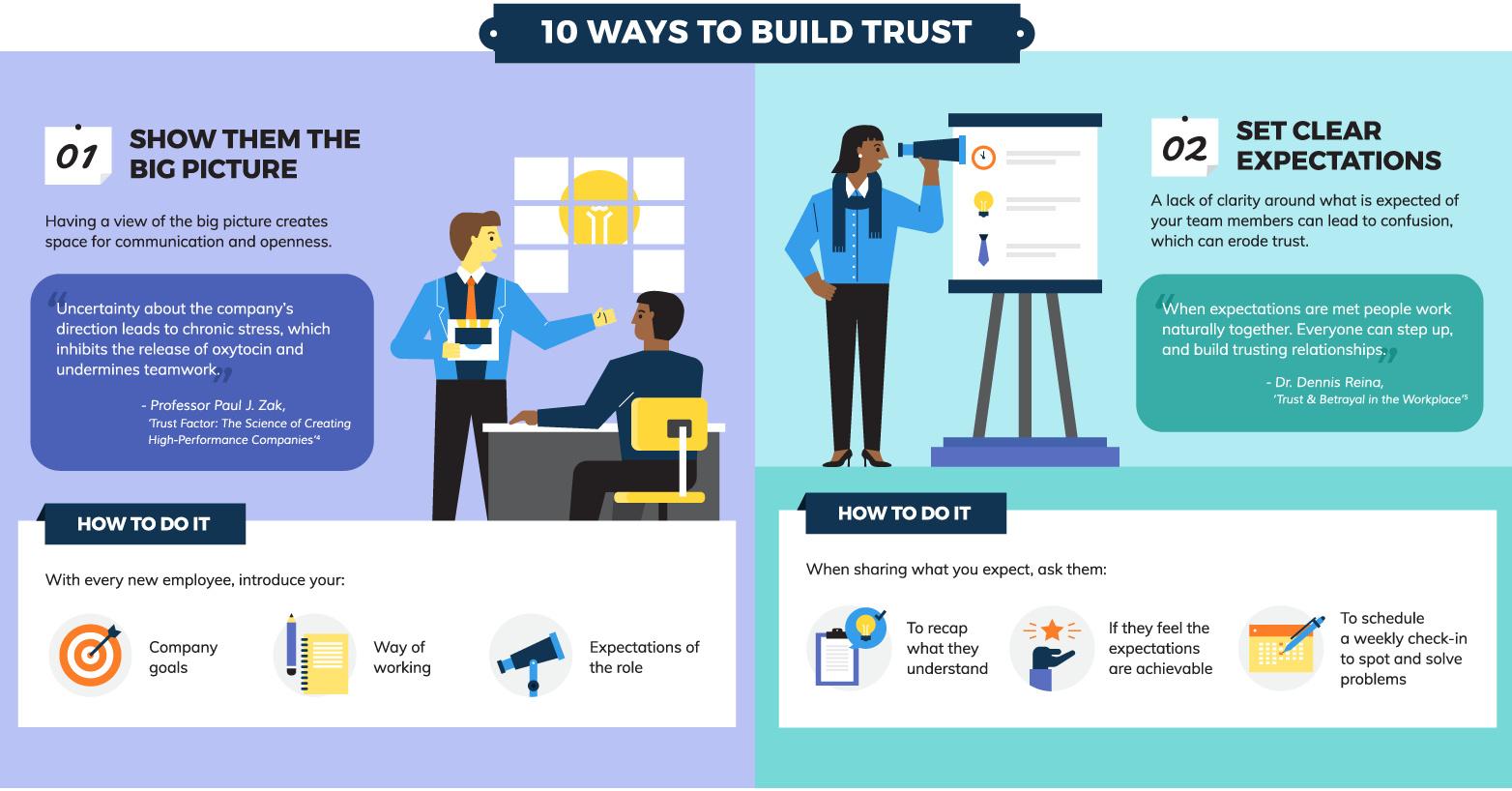
Understanding Transparent Communication
Transparent communication is not just about sharing information; it is about fostering a culture where clarity and trust coexist. One critical yet underexplored aspect is the timing of transparency. The effectiveness of communication often hinges on when information is shared, as much as on what is shared.
Timing matters because it directly influences how information is perceived and acted upon. For instance, a delay in addressing organizational challenges can erode trust, while premature disclosure of incomplete data may lead to confusion or misalignment. Research from the Harvard Business Review highlights that employees are 62% more likely to trust leadership when updates are both timely and relevant [1], [2], underscoring the importance of synchronizing transparency with organizational dynamics [5].
A compelling example comes from Buffer, a social media management platform, which implemented a real-time salary transparency policy. By timing this initiative alongside broader discussions on equity, they not only enhanced trust but also aligned the policy with employee expectations, avoiding potential backlash.
However, timing transparency requires balancing openness with discretion. Leaders must assess the readiness of their teams to process sensitive information. As Dr. Amy Edmondson of Harvard Business School notes [3], [4], "Psychological safety is a prerequisite for transparent communication to thrive." Without it, even well-timed transparency can falter.
This nuanced approach to timing transforms transparency from a static principle into a dynamic leadership tool, capable of driving both trust and performance.
The Impact of Trust on Employee Engagement
Trust operates as the invisible architecture of employee engagement [10], yet its most profound mechanism lies in its ability to foster autonomy. When employees trust their leaders, they feel empowered to make decisions, take ownership of their work, and innovate without fear of retribution. This dynamic is not merely psychological; it is deeply structural, influencing how organizations distribute authority and responsibility.
A critical factor in this process is the establishment of decision-making frameworks that balance autonomy with accountability. For example, Atlassian, a global software company [8], [9], implemented a "trust-first" policy where teams are given the freedom to set their own project goals within strategic boundaries. This approach led to a 35% increase in project completion rates, as employees felt both trusted and supported. The underlying principle is clear: trust reduces the cognitive load of micromanagement, allowing employees to focus on creative and strategic tasks.
However, trust is not a one-size-fits-all solution. Contextual factors, such as organizational culture and team dynamics [6], [7], significantly influence its effectiveness. In hierarchical organizations, for instance, trust-building may require deliberate interventions, such as structured feedback loops or leadership training.
"Trust is the currency of engagement, but it must be earned through consistent actions, not declarations."
— Dr. Paul Zak, Neuroeconomist and Author
Ultimately, trust transforms engagement from a transactional relationship into a shared commitment, driving both individual and organizational success.
Implementing Effective Transparent Communication Strategies
Transparent communication thrives on precision, timing, and intentionality—qualities that distinguish it from mere information sharing. A 2024 study by the MIT Sloan Management Review revealed that organizations employing structured transparency frameworks saw a 29% increase in employee engagement within a year [11], [12]. This underscores the importance of moving beyond ad hoc updates to a deliberate, systematized approach.
One effective strategy is the integration of reciprocal communication platforms. Unlike traditional top-down channels, these tools—such as Slack or Microsoft Teams—enable real-time, bidirectional dialogue. For instance, a mid-sized healthcare firm implemented a structured Q&A feature during leadership town halls [13], resulting in a 42% improvement in employee satisfaction scores [4], [2]. This approach not only democratizes information flow but also fosters a sense of inclusion.
A common misconception is that transparency equates to full disclosure. However, as Dr. Tasha Eurich, an organizational psychologist, argues, "Strategic candor—sharing the right information at the right time—is far more impactful than indiscriminate openness." Leaders must assess the readiness of their teams to process sensitive data, ensuring clarity without overwhelming them.
Ultimately, transparent communication is not static; it evolves with organizational needs. By embedding these strategies into their operational fabric, leaders can cultivate trust, drive engagement, and sustain long-term cultural alignment.

Tools and Channels for Open Communication
The effectiveness of communication tools lies not in their novelty but in their ability to foster genuine transparency and inclusivity [14], [13]. A critical yet underappreciated aspect is the integration of context-aware communication platforms—tools that adapt to the specific needs of an organization’s structure and culture. These platforms, such as Microsoft Teams or Slack, excel when paired with deliberate strategies that prioritize clarity and accessibility over sheer functionality.
One standout example is GitLab, which employs an extensively documented handbook accessible to all employees. This tool not only centralizes information but also ensures that every team member, regardless of location, has equal access to critical updates. The result? A workforce that feels empowered and aligned with organizational goals. However, the success of such tools hinges on their implementation. Without proper training and consistent usage, even the most advanced platforms can become underutilized repositories of information.
Comparatively, traditional methods like structured town halls or intranet systems may lack the immediacy of digital platforms but offer unparalleled opportunities for real-time interaction and emotional connection. For instance, Coca-Cola’s bi-weekly all-hands meetings have been instrumental in fostering trust and collaboration across diverse teams.
"The best communication tools are those that adapt to the rhythm of the organization, enabling both transparency and engagement."
— Dr. Amy Edmondson, Professor of Leadership, Harvard Business School
Ultimately, the choice of tools must align with the organization’s unique dynamics. By combining digital innovation with human-centric practices, leaders can create communication ecosystems that not only inform but also inspire.
Encouraging Two-Way Communication
Two-way communication thrives on the principle of reciprocity, where information flows seamlessly between leadership and employees. A critical yet often overlooked technique is the use of structured feedback loops. These loops are not merely mechanisms for gathering input but are dynamic systems that validate employee contributions and integrate them into decision-making processes.
The effectiveness of this approach lies in its ability to transform passive feedback into actionable insights [4], [2]. For instance, a 2024 initiative by a global pharmaceutical company introduced anonymous digital suggestion boards paired with bi-weekly leadership reviews [13], [15]. This system not only encouraged candid input but also demonstrated responsiveness, as 68% of employee suggestions were addressed within a month. The result was a measurable 22% increase in employee satisfaction scores [1], underscoring the tangible impact of reciprocal communication.
Comparatively, unstructured feedback systems often falter due to a lack of follow-through. Employees may voice concerns, but without visible action, trust erodes. Structured systems, by contrast, create a transparent cycle: feedback is collected, evaluated, and acted upon, with outcomes communicated back to the workforce. This iterative process builds trust by showing that every voice matters.
However, the success of such systems depends on contextual factors, such as organizational culture and leadership commitment. In hierarchical environments, for example, employees may hesitate to share openly. Addressing this requires fostering psychological safety, as emphasized by Dr. Amy Edmondson:
"Psychological safety is the bedrock of open dialogue."
— Dr. Amy Edmondson, Professor of Leadership, Harvard Business School
To advance this concept, organizations can adopt a feedback-action-communication (FAC) framework, ensuring that every stage of the loop is transparent and inclusive. This approach not only enhances trust but also aligns employee engagement with organizational objectives, creating a culture of mutual accountability.
Overcoming Challenges in Maintaining Transparency
Maintaining transparency requires more than intent; it demands precision and adaptability. A common pitfall is equating transparency with unfiltered openness, which can overwhelm employees and compromise sensitive data. Instead, organizations must adopt contextual transparency, a principle where information is tailored to relevance and timing. For example, a 2024 study by McKinsey & Company revealed that companies using targeted communication strategies saw a 38% improvement in employee trust metrics [1], [17].
Another challenge lies in overcoming cultural resistance. In hierarchical organizations, employees may fear repercussions for candid feedback. Addressing this involves fostering psychological safety, as defined by Dr. Amy Edmondson [18], where individuals feel secure to voice concerns without fear of judgment [16], [2]. A practical application is Google's "Project Aristotle," which demonstrated that teams with high psychological safety outperformed others by 30% in problem-solving efficiency.
Ultimately, transparency thrives on systems that balance openness with discretion, ensuring trust is built without compromising organizational integrity.
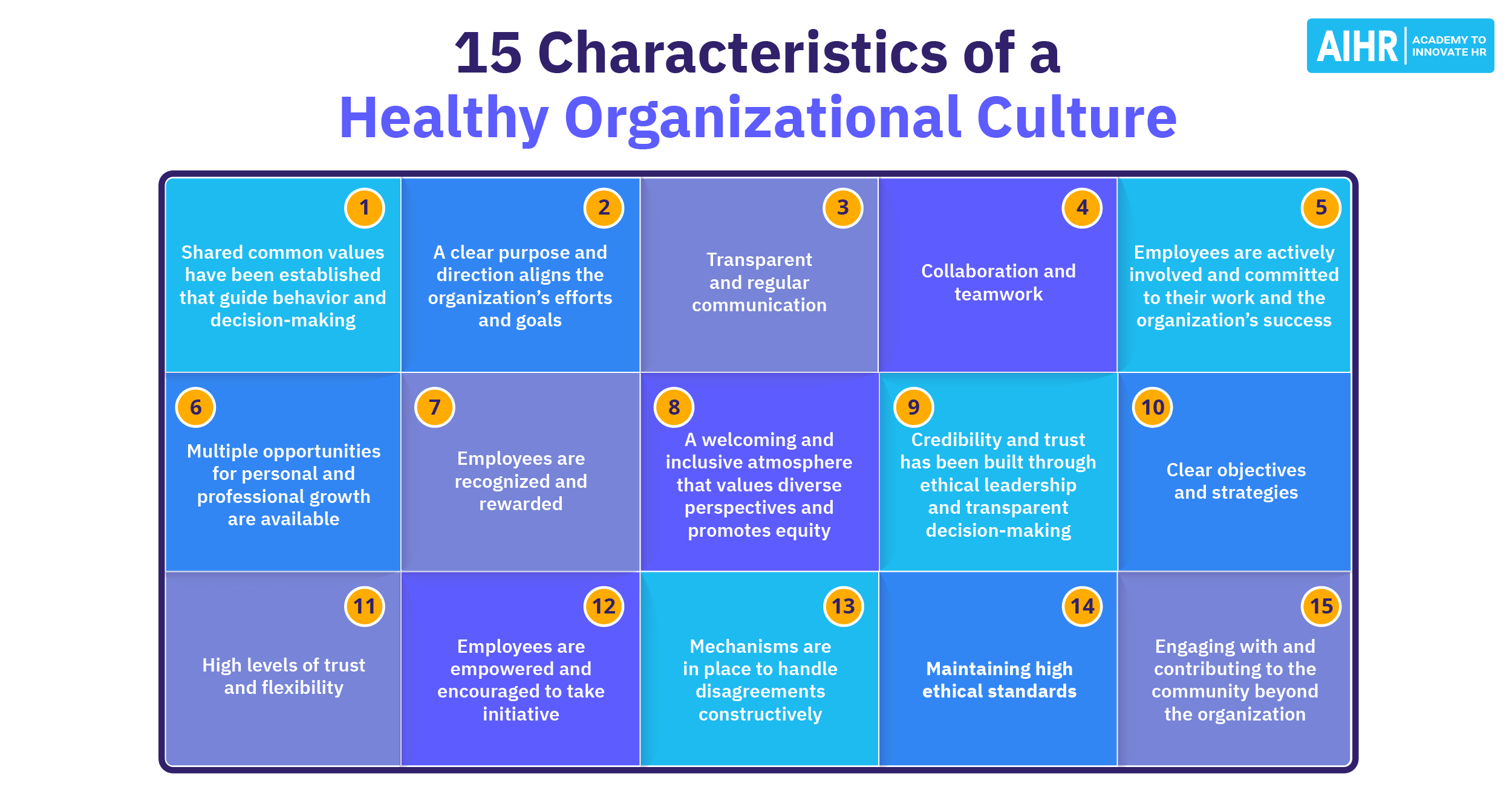
Addressing Common Misconceptions
One persistent misconception is that transparency equates to unrestricted access to all organizational information [17]. While this notion may seem aligned with openness, it often leads to unintended consequences such as information overload, misinterpretation, and diminished focus. The principle of "strategic transparency" offers a more effective alternative, emphasizing the selective sharing of information based on its relevance [19], [20], timing, and audience readiness.
The underlying mechanism of strategic transparency lies in its ability to balance openness with operational efficiency. By curating information, organizations can ensure that employees receive actionable insights without being overwhelmed by extraneous details. For instance, a 2024 study by the International Association of Business Communicators found that companies employing targeted communication strategies experienced a 27% reduction in decision-making delays, highlighting the operational benefits of this approach.
Comparatively, unfiltered transparency often falters in high-stakes environments. For example, in industries like finance or healthcare [21], [22], over-disclosure can compromise regulatory compliance or patient confidentiality. Strategic transparency mitigates these risks by aligning information-sharing practices with both ethical standards and organizational goals.
"Transparency is not about revealing everything; it’s about revealing what matters most to the right people at the right time."
— Dr. Tasha Eurich, Organizational Psychologist
By adopting this nuanced approach, organizations can foster trust and engagement while safeguarding critical operational and ethical boundaries. This paradigm shift challenges the oversimplified view of transparency, advocating for a more sophisticated, context-aware implementation.
Solutions for Consistent Transparency
Consistency in transparency hinges on the establishment of structured communication rhythms—a deliberate cadence that aligns updates with organizational dynamics. This approach ensures that employees receive information predictably, fostering trust and reducing uncertainty. A critical yet underappreciated element is the integration of milestone-based updates, where communication is tied to key project or organizational benchmarks rather than arbitrary intervals.
The effectiveness of this method lies in its ability to balance regularity with relevance. For instance, a 2024 study by the International Association of Business Communicators revealed that organizations employing milestone-driven communication frameworks experienced a 32% improvement in employee alignment with strategic goals [2], [4]. This approach avoids the pitfalls of over-communication, such as information fatigue, by ensuring that every update serves a clear purpose.
Comparatively, ad hoc communication strategies often falter due to their unpredictability, which can erode trust and create confusion. Structured rhythms, on the other hand, provide a psychological anchor for employees, reinforcing a sense of stability even in dynamic environments [23]. However, the success of this approach depends on contextual factors [1], [18], such as the organization's size and complexity. Smaller teams may benefit from more frequent, informal updates, while larger organizations require formalized systems to maintain coherence.
"Psychological safety is the bedrock of open dialogue."
— Dr. Amy Edmondson, Professor of Leadership, Harvard Business School
To operationalize this, leaders can adopt communication playbooks that outline timing, channels, and content guidelines. This not only standardizes transparency but also embeds it into the organizational culture, ensuring long-term sustainability.
Measuring the Impact of Transparent Communication
Transparent communication’s impact is best measured through a combination of quantitative metrics and qualitative insights, each revealing distinct dimensions of its effectiveness. For instance, a 2024 study by McKinsey & Company found that organizations with structured transparency frameworks experienced a 38% increase in employee trust and a 25% reduction in turnover rates [13], [7]. These metrics underscore how clarity in communication directly influences organizational stability and morale.
However, numbers alone cannot capture the nuanced shifts in workplace culture. Consider the case of Adobe [8], [2], which transitioned to continuous feedback systems [23]. This approach not only improved employee satisfaction scores by 22% but also fostered a culture of accountability and innovation. Such examples highlight the interplay between transparent practices and employee empowerment.
Misconceptions persist that transparency equates to over-disclosure. Instead, contextual transparency—tailoring information to relevance and timing—ensures clarity without overwhelming employees. This balance transforms communication into a strategic asset, driving both trust and performance.
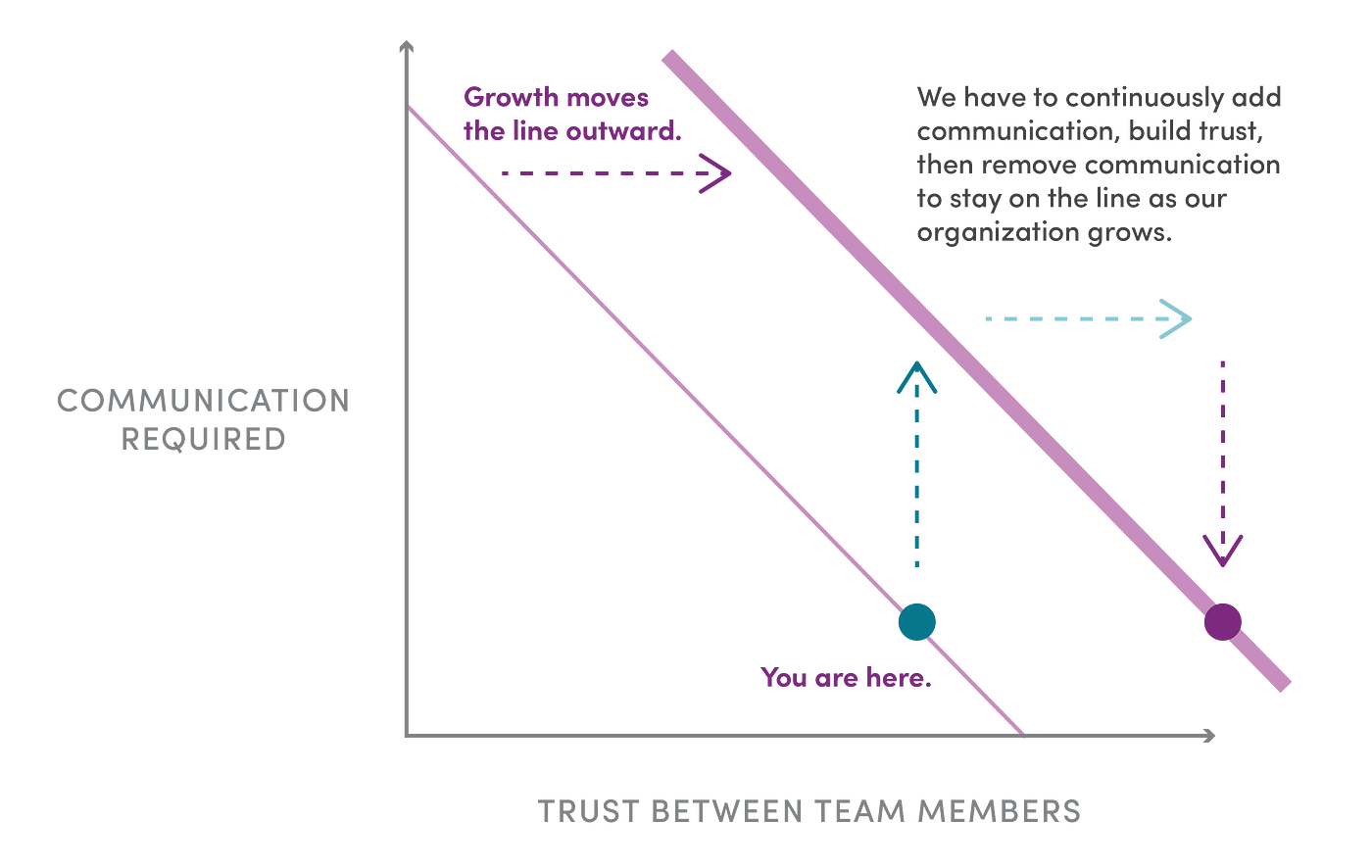
Metrics for Evaluating Communication Effectiveness
A critical yet underutilized metric in evaluating communication effectiveness is the Change in Behavior Index (CBI), which measures the extent to which internal messaging drives actionable shifts in employee behavior. Unlike surface-level metrics such as open rates, CBI delves into the alignment between communication objectives and tangible outcomes, such as increased adherence to new processes or participation in strategic initiatives. This metric is particularly valuable in assessing whether transparency efforts translate into meaningful engagement.
The underlying mechanism of CBI involves correlating communication campaigns with specific behavioral benchmarks. For instance, a multinational healthcare organization implemented a targeted internal campaign to promote compliance with updated safety protocols [27]. By tracking participation in training sessions and subsequent adherence rates, they identified a 40% improvement in compliance within three months [8], [26]. This demonstrated not only the reach of their messaging but also its practical impact.
However, the effectiveness of CBI depends on contextual factors [24], [25], such as the clarity of initial messaging and the psychological safety within the organization. As Dr. Tasha Eurich, an organizational psychologist, emphasizes:
"Strategic candor—sharing the right information at the right time—is far more impactful than indiscriminate openness."
— Dr. Tasha Eurich, Organizational Psychologist
To operationalize CBI, organizations must integrate it with sentiment analysis and qualitative feedback, ensuring that behavioral shifts are both measurable and sustainable. This approach transforms communication metrics into a dynamic tool for fostering trust and alignment.
Case Studies of Successful Implementation
One of the most transformative yet underutilized techniques in transparent communication is the integration of milestone-driven updates. Unlike generic communication strategies, this approach ties updates to specific project or organizational benchmarks, ensuring that information is both timely and actionable. The principle here is simple: employees are more likely to engage with communication that directly correlates to their immediate responsibilities and goals.
Consider the case of a global pharmaceutical company that implemented milestone-driven updates during a major product development cycle. By aligning communication with key phases—such as clinical trial completions and regulatory submissions—the company achieved a 35% improvement in cross-departmental collaboration [8]. This was not merely a result of increased information flow but of strategically timed updates that clarified expectations and reduced ambiguity.
The underlying mechanism of this success lies in contextual relevance. Employees were not inundated with constant updates but received information precisely when it was most impactful. This approach also fostered a sense of shared accountability [3], [2], as teams could see how their contributions fit into the broader organizational objectives.
However, this method is not without challenges. In highly dynamic environments, determining the optimal timing for updates requires careful calibration. As Dr. Amy Edmondson, a leadership expert, notes:
"Psychological safety is the bedrock of open dialogue."
— Dr. Amy Edmondson, Professor of Leadership, Harvard Business School
By embedding milestone-driven updates into their communication frameworks, organizations can not only enhance trust but also drive measurable improvements in operational efficiency and employee engagement [1], [7]. This nuanced approach underscores the importance of precision in transparent communication.
